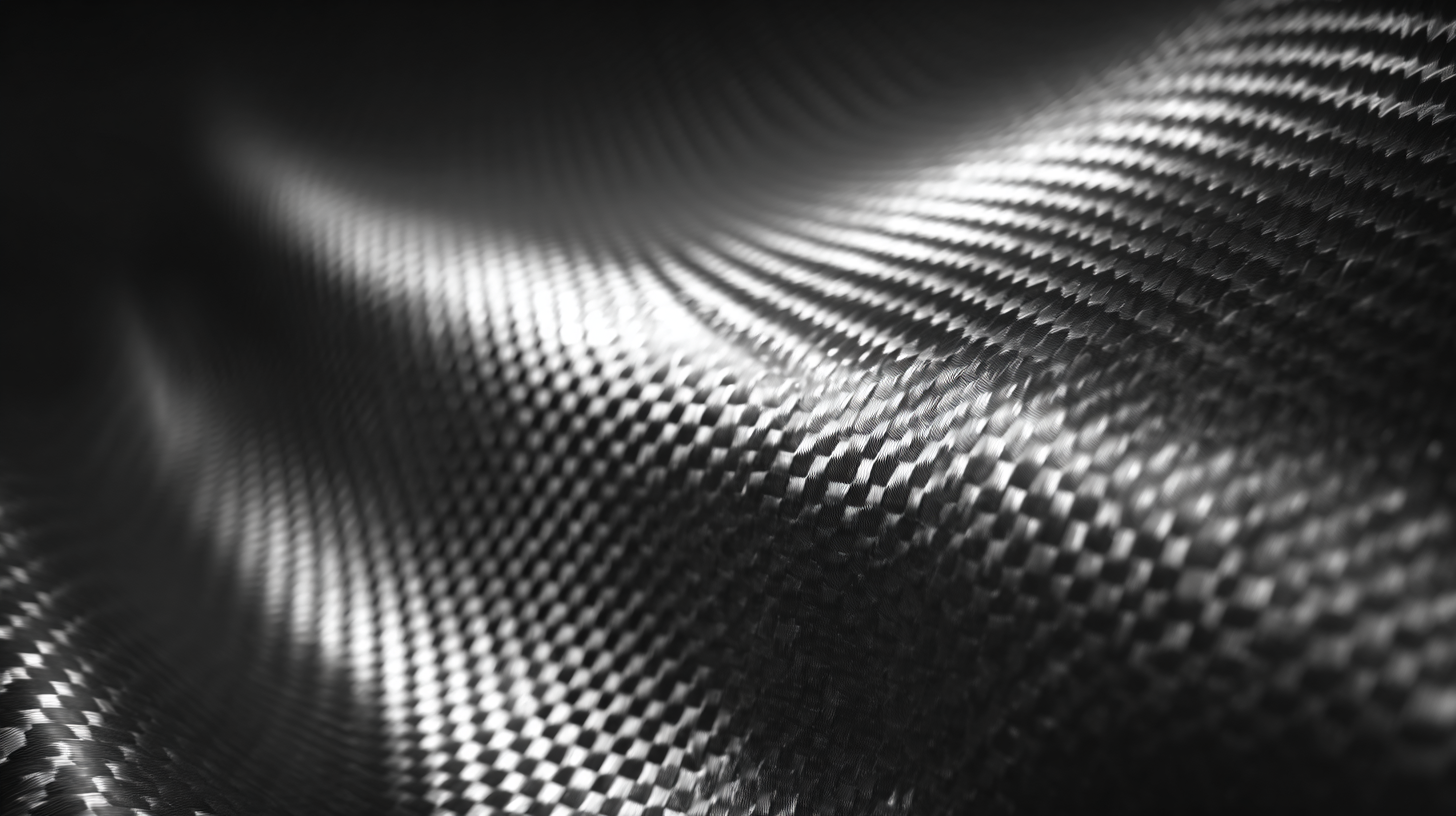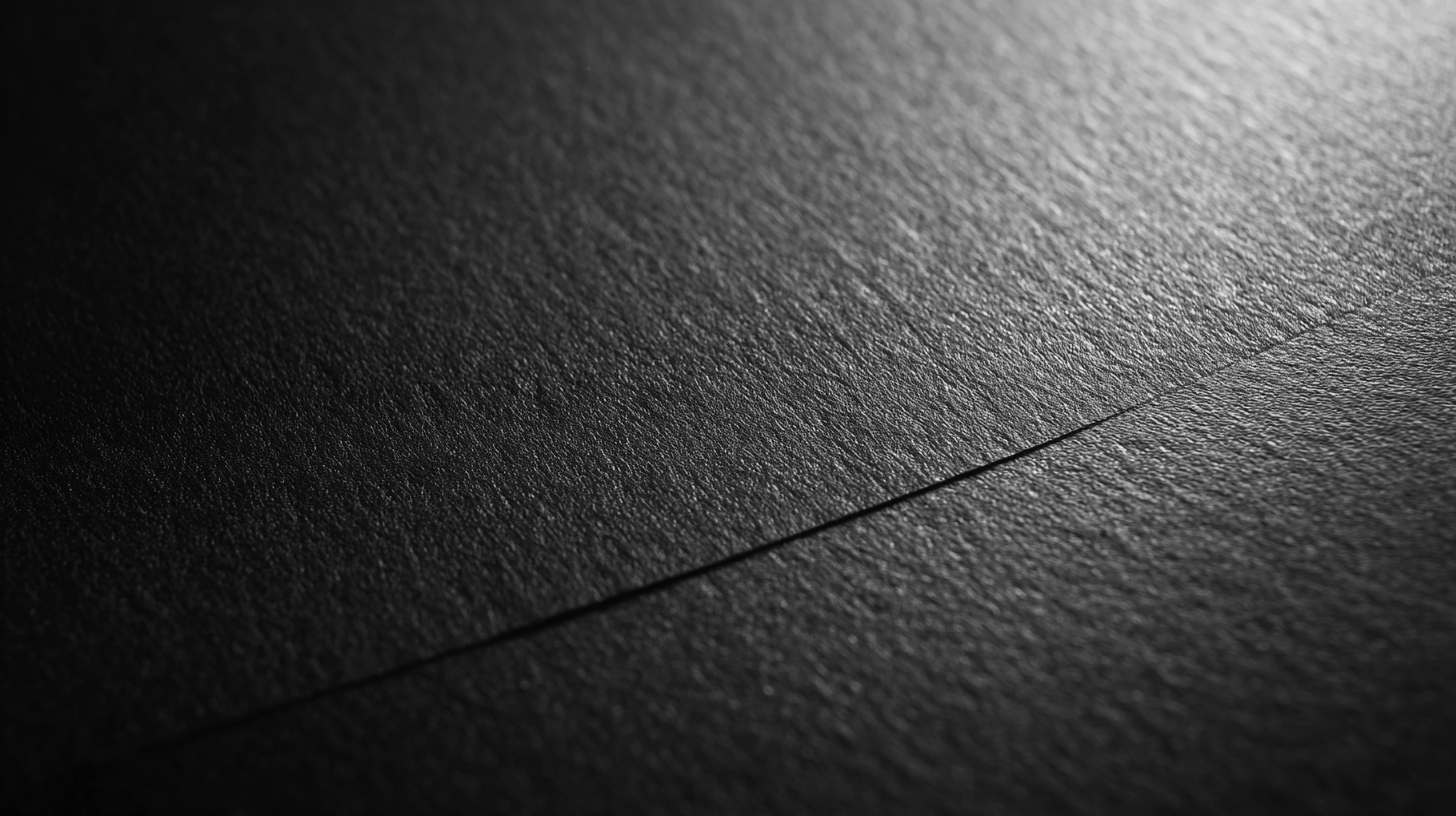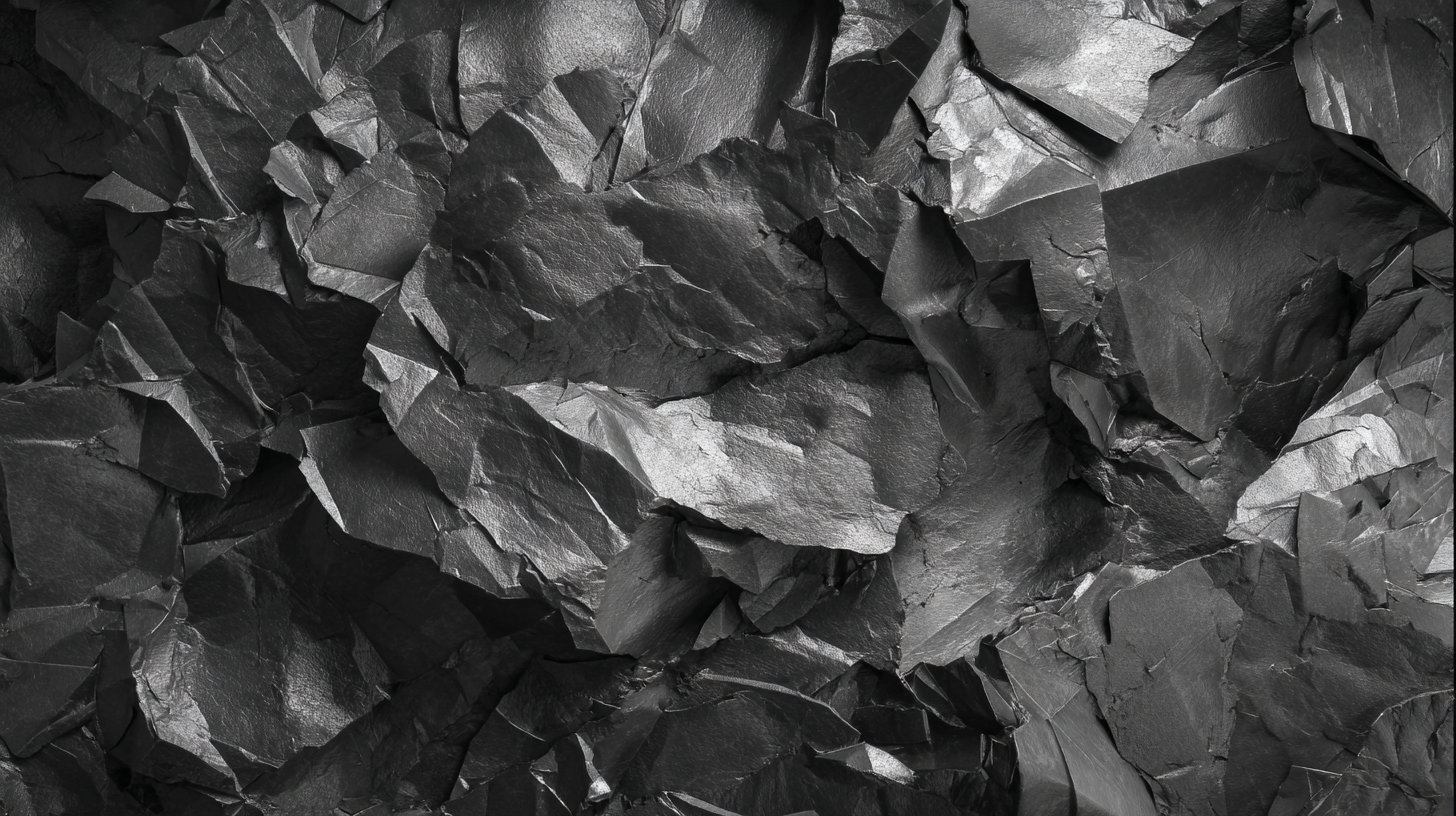Exploring the Versatility of the Best Graphite Sheet: Unique Use Cases and Applications
In recent years, the demand for advanced materials in various industries has surged, leading to innovative applications for products like the graphite sheet. According to a report by MarketsandMarkets, the global graphite market is expected to reach USD 3.8 billion by 2025, with the demand for graphite sheets particularly skyrocketing due to their excellent thermal and electrical conductivity properties. Industries ranging from electronics to aerospace are tapping into the unique capabilities of graphite sheets for applications such as heat management, EMI shielding, and component insulation. As the technology landscape continues to evolve, understanding the versatile use cases and applications of graphite sheets becomes essential for businesses aiming to harness their full potential in enhancing product performance and sustainability.

Unique Properties of Graphite Sheets and Their Benefits
Graphite sheets possess unique properties that make them ideal for a diverse range of applications. Notably, their excellent thermal conductivity, coupled with good mechanical strength, positions them as essential materials in thermal interface materials (TIMs). Recent studies have reviewed carbon-based TIMs, highlighting their thermal conducting mechanisms and properties. For instance, graphite sheets exhibit superior thermal management capabilities, often outperforming traditional materials in electronic applications. This characteristic is paramount as the demand for efficient heat dissipation technologies grows, especially in compact electronic devices.
Moreover, the versatility of graphite extends beyond thermal applications. Innovations in material science, such as the conversion of graphite into functionalized graphene oxide, have opened new avenues, particularly in electrochemical energy storage and environmental remediation sectors. The ability to create high-performance energy-storage materials from graphite showcases its potential for sustainable technologies. As research progresses, it becomes evident that the unique structure and electrochemical properties of graphite sheets present significant advantages for future applications, particularly in energy-efficient systems and environmental solutions. The ongoing exploration of these materials will likely yield groundbreaking developments across various industries.
Exploring the Versatility of Graphite Sheets: Applications and Benefits
How to Utilize Graphite Sheets in Electronics for Thermal Management
Graphite sheets are emerging as key players in the realm of electronics, particularly for thermal management applications. Their unique properties, such as high thermal conductivity and flexibility, make them suitable for various use cases, from thermal interface materials (TIMs) to advanced composites. Recent innovations have highlighted how expanded graphite can significantly enhance the performance of nanocellulose composites, which are increasingly used for heat dissipation in electronic devices. By optimizing the lateral size and loading ratio of expanded graphite, researchers have been able to fine-tune both mechanical and thermal properties, leading to more effective thermal management solutions.

Moreover, the fabrication of ultrahigh thermal conductivity graphite-silicone pads has revolutionized the way we approach thermal management in electronics. By transforming commonly used graphite sheets into vertically aligned thermal conductive channels, these pads provide superior heat dissipation capabilities while remaining cost-effective. Coupled with advancements in liquid metal technology in elastomer applications, these developments ensure the efficient transport of heat, addressing the pressing issue of overheating in modern electronic devices. Expanding the utility of graphite sheets in electronics not only improves thermal performance but also paves the way for innovative solutions to tackle electromagnetic interference (EMI) challenges.
Creative Applications of Graphite Sheets in Art and Design
The creative applications of graphite sheets in art and design are as diverse as the mediums they complement. Artists have begun to explore the unique properties of graphite sheets, which offer a refined texture and quality that enhance the tactile experience of the artwork. For instance, using hand-cut techniques similar to those employed in intricate paper portraits, artists can leverage graphite sheets to create layered effects and rich gradients. This approach not only provides a fresh twist on classical techniques but also opens up pathways for hyperrealistic interpretations of various subjects, much like the meticulous works of contemporary artists who slice through paper with precision.
Furthermore, the potential of graphite sheets extends beyond traditional art forms into the realm of graphic design. Recent reports indicate that the worldwide graphic design industry is expected to grow significantly, projected to reach nearly $45 billion by 2025. Designers utilizing graphite sheets in mixed media projects can add unique textural contrasts, leading to visually striking pieces that capture audience attention. In addition, the integration of graphite sheets with digital tools—coupled with the rise of innovative design software—facilitates a fusion of physical and digital art, allowing artists to explore an endless array of creative possibilities. As the art landscape continuously evolves, graphite sheets remain a vital resource for those aiming to elevate their artistic expression.
Step-by-Step Guide to Using Graphite Sheets in DIY Projects
Graphite sheets have gained popularity in various DIY projects due to their unique properties, including thermal conductivity, electrical conductivity, and flexibility. When embarking on a DIY project with graphite sheets, the first step is to gather all necessary materials, including a cutting tool, adhesive, and any additional components specific to your project. Start by measuring the desired area where the graphite sheet will be applied, ensuring precise cuts for a seamless fit. Using a utility knife or scissors, carefully cut the graphite sheet to the required dimensions.
Once the graphite sheet is prepared, the next step is to adhere it to your project surface. Clean the surface thoroughly to ensure proper adhesion, and apply an appropriate adhesive—double-sided tape or epoxy works well for most surfaces. Position the graphite sheet, pressing firmly to eliminate any air bubbles. Depending on your project, you may also want to layer additional materials on top of the graphite sheet—this could range from insulation padding to electronic components in a DIY gadget. By following these steps, you can effectively utilize graphite sheets in your projects, enhancing both functionality and creativity.
Exploring Graphite Sheets in Industries: From Aerospace to Medicine
Graphite sheets have emerged as indispensable materials across various industries, showcasing their remarkable versatility. In aerospace, graphite sheets are utilized for thermal management and radiation shielding due to their excellent thermal conductivity and lightweight properties. These characteristics help improve the efficiency and performance of aircraft, making them safer and more cost-effective. Additionally, in the automotive sector, they play a crucial role in sealing applications, ensuring optimal engine performance while minimizing emissions.

In the medical field, graphite sheets are increasingly being explored for use in biosensors and drug delivery systems. Their biocompatibility and conductivity open up new avenues for developing advanced medical devices that can enhance diagnostic capabilities. Furthermore, the flexible graphite market is anticipated to reach USD 0.45 billion by 2030, reflecting the growing demand driven by these innovative applications. The ongoing research into graphene and its derivatives only adds to the excitement and potential for future breakthroughs in technology and materials science.